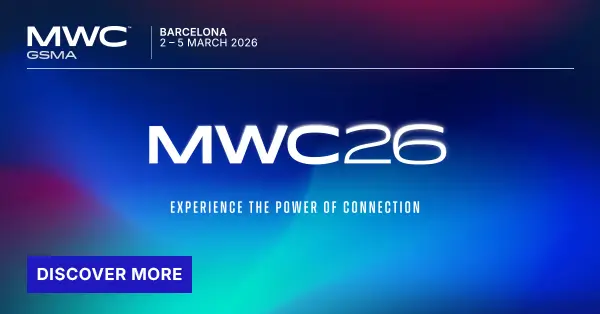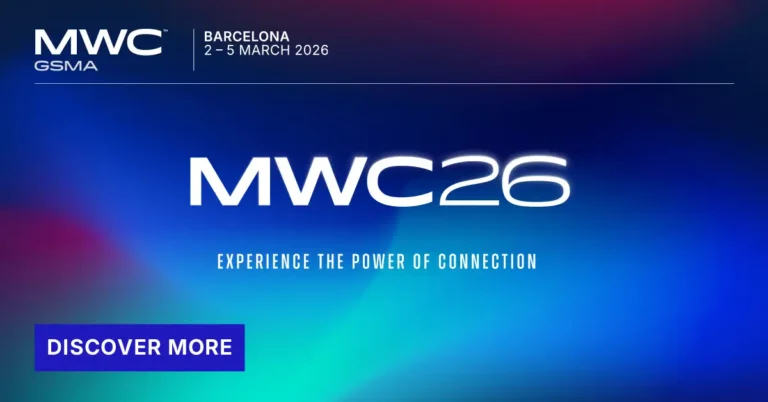The U.S Department of Commerce’s National Telecommunications and Information Administration (NTIA) is now open to public comments regarding the formation and activation of the Public Wireless Supply Chain Innovation Fund (Innovation Fund). This fund is an opportunity for citizens to come together in order to create a better wireless system with innovative resources.
Investing $1.5 billion in the Innovation Fund, this grant program has been developed to help encourage and deploy open, interoperable, and standards-based radio access networks (RAN).
The historic investment funded by the CHIPS and Science Act of 2022, authorized under the FY 2021 National Defense Authorization Act, is intended to solidify America’s leadership in global telecommunications, increase competition for consumers’ benefit and reinforce our supply chain.
NTIA is responsible for managing the Innovation Fund and setting out criteria to distribute grants. The submitted comments will be a source of guidance and advice as NTIA establishes its grant program. Consequently, the contributions are essential in developing and executing NTIA’s Innovation Fund initiative.
Alan Davidson, the Assistant Secretary of Commerce for Communications and Information and NTIA Administrator, said that “the highly concentrated global wireless equipment market presents severe risks to both customers and U.S. companies,” – which is why a $1.5 billion fund was created in order to advance innovation within the industry, as well as open up more opportunities for various suppliers. The expectation is that through increased competition, networks will become more secure, reliable, and cost-effective at the same time.
Commenters are invited to provide feedback on the Request for Comment. Commenters can also please submit written comments via regulations.gov by 5 p.m. Eastern Standard Time on January 27th, 2023 – all submissions will become part of a public record.









































